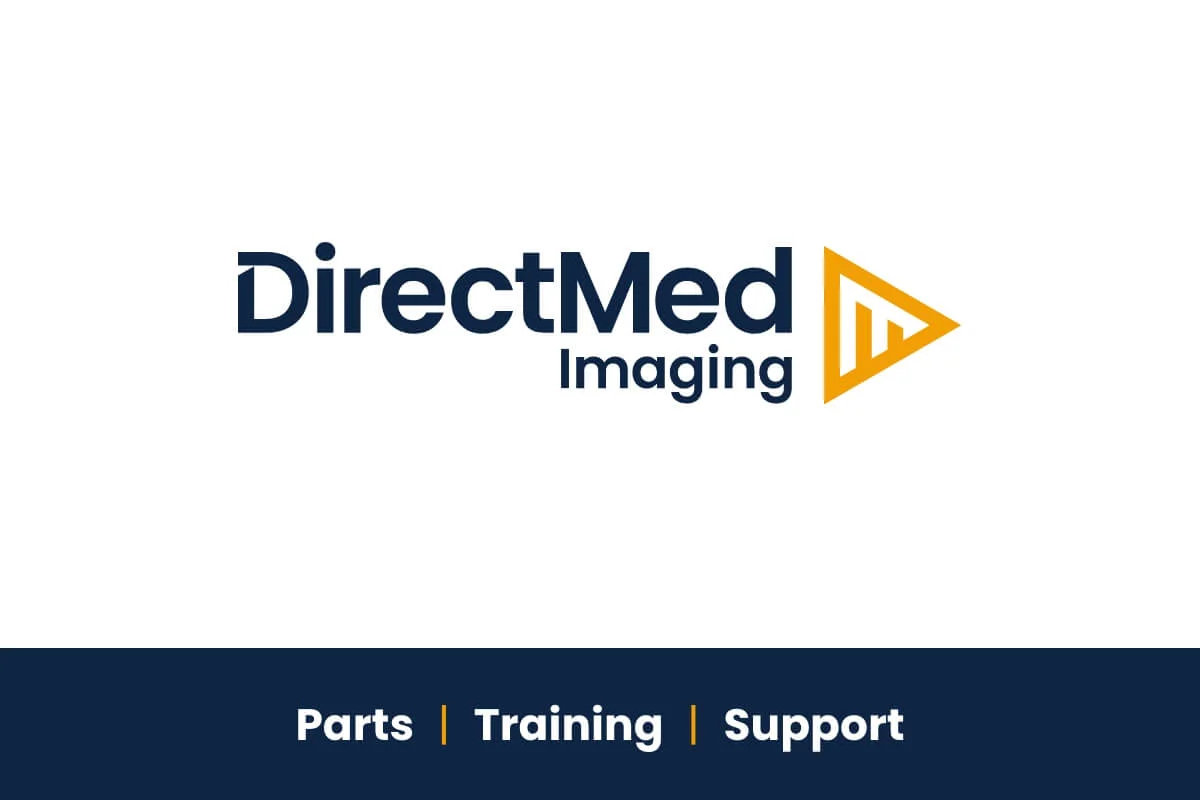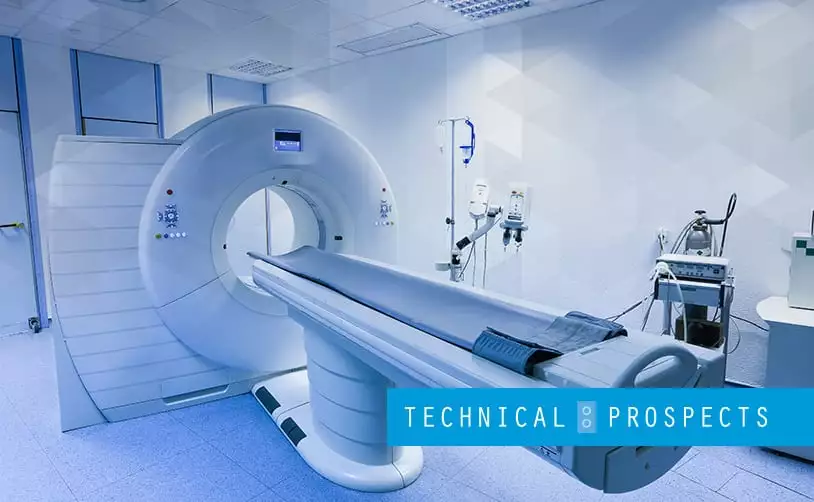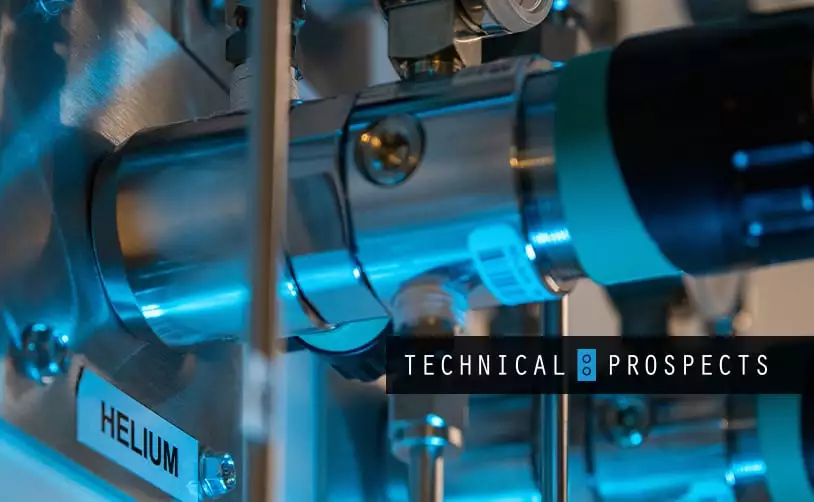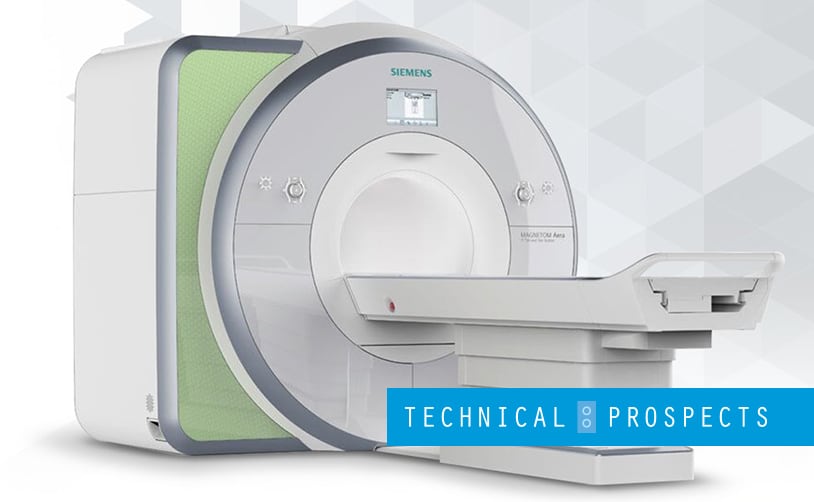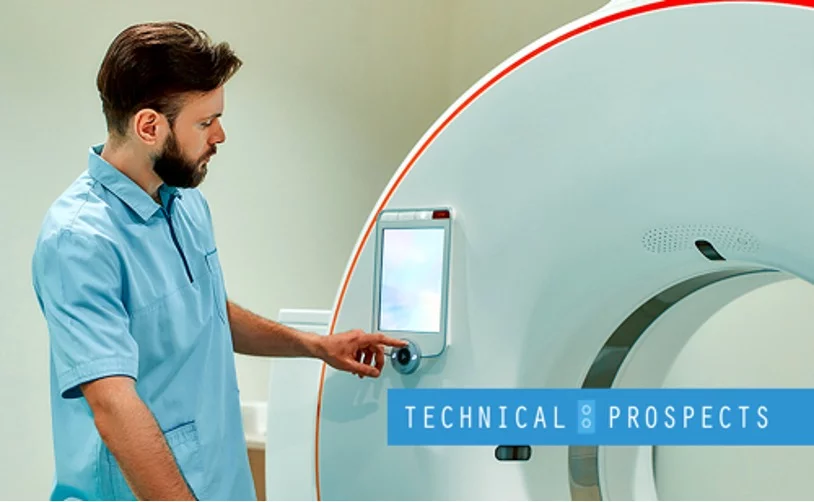Computerized tomography (CT) scanners are important medical tools involved in the diagnosis of many conditions in the body. They are integral to a hospital’s capacity to handle whatever patient concerns come their way.
Like all machines, CT scanners are comprised of components that will need attention, maintenance, and repair. In this particular article, the part of the CT scanner that we’re going to focus on is the detector.
What is a detector?
The detector is a part of a CT scan system that consists of various devices that are situated in an arc or a ring around the machine. They are used to measure the intensity of transmitted x-ray radiation along a beam that’s emitted from the x-ray source to a particular detector element. Most machines also contain reference detectors that are used to calibrate and improve data.
Essentially, the purpose of CT scanners is to gather information within each anatomic structure. They were designed to replace film as a medium for creating accurate images in recording x-rays.
What keeps the detector running?
For a detector to run at normal efficiency, the following must be taken into account:
- The stopping power of the detector material
- The scintillator efficiency in solid-state detectors
- The change collection efficiency in Xenon detectors
- The geometric efficiency or the amount of space occupied by the collimator plated relative to the detector’s surface area
- The scatter rejection.
Some important terms you should know if you are to handle the basic maintenance of the detectors are:
- The Capture Efficiency. This refers to the ability with which the detector obtains photons that pass through the patient’s body.
- The Absorption Efficiency. This refers to the number of photons absorbed by the detector. This is dependent on the physical properties of the detector face, such as thickness and material.
- The Response Time. This refers to the time required for the detector signal to return to zero after being exposed to x-ray radiation. It describes the state in which it will be able to detect x-rays again.
- The Dynamic Range. This is the ratio of the maximum detector signal measured to the minimum signal they can measure.
The two types of detectors
As we’ve mentioned before, CT scanners come with two different types of detectors: the Xenon Gas and Solid-State Crystal. Each interacts with x-rays differently, but both work to produce the same results.
Xenon Gas Detectors, as their name suggests, use pressurized xenon gas in a hollow chamber. These detectors are capable of absorbing around 60-87% of the photons that reach them. This is because Xenon is incredibly stable even under intense pressure and is often considered a less expensive alternative to solid-state detectors. It is also easier to calibrate.
Solid-State Crystal Detectors, which are also known as scintillation detectors, use a crystal that fluoresces when struck by an x-ray photon. A photodiode attached to the crystal transforms the light energy into electrical signals. A circuit board interprets these signals to make them readable by the CT scanner interface. The most important benefit of this type of detector is that they absorb close to 100% of photons that reach them, making them incredibly accurate if calibrated correctly.
Final thoughts
CT scanners are complex machines that have enabled incredible advances in the diagnosis of many conditions. They have become a necessary piece of equipment in hospitals around the world, especially because they can offer insights about a patient’s well-being in ways few other methods can. As such, it is important for you to understand the different parts of the CT scanner, how they work, and how to maintain them.
If you do need some CT part replacements, send us at Direct Med Parts a message. We have a selection of over 60,000 parts and counting, all following the strictest guidelines to ensure proper function.
